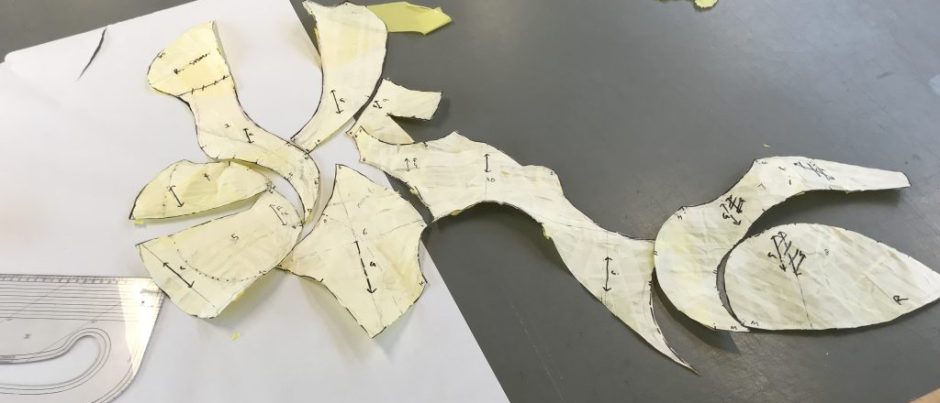In designing an intervention I would like to focus on the physical studio space, and the lived experience of the students within it. I would like to either;
- Design a tool with which to gather information on the intersectional inclusivity of the studio space itself (its layout, contents, equipment, design).
- Or, design an intersectionally inclusive and accessible way for students to give us feedback about the space
Both intervention ideas would seek to better understand the experience of our students in the open-access studio environment, and the barriers that are preventing students from accessing and engaging with it (equipment, space, resources, and technicians) with a view to making practical, positive, immediate changes.
I would ideally like to design a tool or template which could be used by other technical departments, in a similar way to a risk assessment. Similarly to a risk assessment, this tool would be used to assess the space/gather feedback annually, in addition to being revisited each time a physical change happens in the space (e.g. a new piece of equipment is introduced, the layout of the space changes in some way).
I am looking to carry out an intervention which centres around the costume studio itself not only because my work at UAL is very closely attached to this physical space, but because I think it uniquely incites feelings of exposure and vulnerability. Not only is the space dedicated to the presentation of the body, which inevitably holds vast amounts of complexity in relation to identity (and in the context of costume, performed identity) including disability, faith, race, and gender, but it is also an open-access space, which inherently compounds existing barriers by reproducing “ cultural norms and issues of power and exclusion” (Orr and Shreeve, 2017).
Option a could borrow many elements from risk assessments, which is not only already familiar format to technical staff, but could be utilised at the same time as a standard health and safety risk assessment/could be part of the same process.
Option b could be a poster with a QR code on it, which could be put up in physical spaces of the studio, as well as shared on moodle/ via email. It could take intersectional inclusivity into consideration in both its design, and in the style of the feedback (for example, dyslexia friendly colour, design, and presentation and a padlet for feedback).
Bibliography
Sanger, C.S., 2020. Inclusive pedagogy and universal design approaches for diverse learning environments. Diversity and inclusion in global higher education: Lessons from across Asia, pp.31-71.
Orr, S. and Shreeve, A. (2017) ‘Teaching practices for creative practitioners’. In Orr, S. and Shreeve, A. (eds.) Art and design pedagogy in higher education: knowledge, values and ambiguity in the creative curriculum. Milton: Taylor and Francis Group.
Broadhead, S. and Whittaker, R. (2022) ‘Disaggregating the Black Student Experience’. In Broadhead, S. (Ed.) Access and Widening Participation in Arts Higher Education: Practice and Research .3. Pp 51 – 72. Available from: ProQuest Ebook Central. (Accessed on: 11th December 2023).
Choudrey, S. (2016) Inclusivity – Supporting BAME Trans People [Online]. Gender Identity Research & Education Society, 14 February.
Mirza, H. S. (2018) Black Bodies ‘Out of Place’ in Academic Spaces: Gender, Race, Faith and Culture in Post-race Times. In Dismantling Race in Higher Education, Eds. Arday, J & Mirza, H. S. Switzerland: Palgrave Macmillan. pp 175-195.
Noel, A. and Paiva, M. (2021) ‘Learning to Recognise Exclusion’. In Journal of Usability Studies. 16 (2). Pp 63-72
Freire, P. (1970) Pedagogy of the Oppressed. New York: Bloomsbury Academic.
